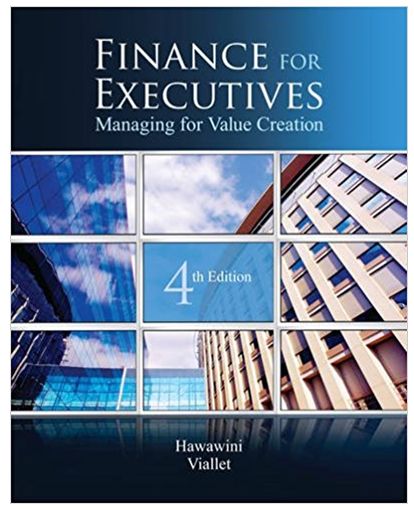Part 2. Select 3 (three) of the following 6 questions to answer. ( 5 points each) NOTE: Each numbered questions has multiple parts (A, B, C, etc...). You must answer each part of the question. 1. Square, Inc. raised its first round of venture capital by issuing 10 million shares of Series A preferred stock for $1 per share, which is convertible into common stock on a 11 basis and has a non-participating 1x non-participating liquidation preference. Before the Series A offering, there were 30 million shares of common stock outstanding. One year later, Square needs to raise more capital, so they now plan to issue 5 million shares of Series B preferred stock, which is convertible into common 1-1 and has a non-participating 1 non-participating liquidation preference and a weighted-average ratchet. After meeting with several VC firms in the Valley, they agree on a price of $10 per share. They now have 35 million shares of common stock. [A] Complete the Series B cap table below by filling in the shaded areas: [B] Determine the pre- and post-money valuation for Series B round. [C] If Square is acquired 1-year later for $200 million, what is the value of each shareholder's (A, B, and common) proceeds after the sale? [D] Based on Square's business model, explain one reason why the VC investors may believe it could become a unicorn? Part 2. Select 3 (three) of the following 6 questions to answer. ( 5 points each) NOTE: Each numbered questions has multiple parts (A, B, C, etc...). You must answer each part of the question. 1. Square, Inc. raised its first round of venture capital by issuing 10 million shares of Series A preferred stock for $1 per share, which is convertible into common stock on a 11 basis and has a non-participating 1x non-participating liquidation preference. Before the Series A offering, there were 30 million shares of common stock outstanding. One year later, Square needs to raise more capital, so they now plan to issue 5 million shares of Series B preferred stock, which is convertible into common 1-1 and has a non-participating 1 non-participating liquidation preference and a weighted-average ratchet. After meeting with several VC firms in the Valley, they agree on a price of $10 per share. They now have 35 million shares of common stock. [A] Complete the Series B cap table below by filling in the shaded areas: [B] Determine the pre- and post-money valuation for Series B round. [C] If Square is acquired 1-year later for $200 million, what is the value of each shareholder's (A, B, and common) proceeds after the sale? [D] Based on Square's business model, explain one reason why the VC investors may believe it could become a unicorn







